Women With GRITT: Fluidform’s Kirsten King On The Power Of Pilates And The Importance Of Balance
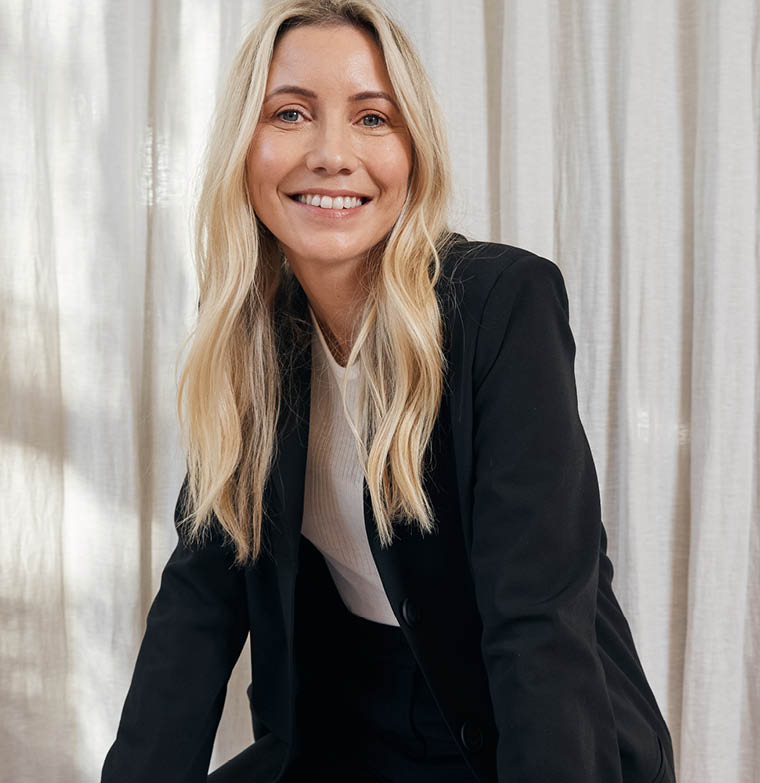
“Pilates has this amazing ability to transform someone’s body and it does it in such a way that’s not just physical. I think Pilates is about everyone finding their version of what their best is; it talks to everyone and it doesn’t discriminate.”
Welcome to Women with GRITT: a series where we interview the resilient, hardworking women who have kicked in the glass ceiling and inspire us to do the same.
It’s not every day a name becomes synonymous with the word Pilates. For Fluidform founder Kirsten King, it was her wellness ethos—bridging the dichotomy between the functional and aesthetic benefit Pilates brings to the human form—that saw her as a true visionary.
Having launched her first studio in 2012, King created a movement method that was intuitive, and complimentary to her empathic and nurturing approach to life. Today she is a woman always on the move (literally speaking), a respected instructor among some of Sydney’s most eminent personalities (think models and designers alike) and has transformed countless lives with her modern interpretation.
With four studios across NSW—Surry Hills, Clovelly, Byron Bay and Newcastle—and two more studios set to open in Brisbane and Melbourne this year, it would be an understatement to say: Fluidform is not your average studio down the street.
Here, Kirsten King takes us through the true power of Pilates, treating people the way you want to be treated and the ins and outs of building a fitness empire.

Hi Kirsten! Thanks so much for chatting with us. To kick off, why don’t you tell us a little about your family and where your passion for fitness, pilates and wellness came from?
I live in Sydney with my husband Matt and my three little girls, Charlie, Willow and Harper and I’m originally from the Gold Coast. So, I am a Queensland girl–was born, went to school and uni on the Gold Coast and [relocated] to Melbourne when I graduated from uni.
As a young girl, I’ve always been active and loved moving. I wanted to be a physiotherapist and I did placement, but after that experience and being young and not knowing what to expect turned me off the whole path. So, I studied commerce, and I had a passion for marketing. I love analytics, I love human behaviour and it was something of interest to me and then I fell in love with Pilates as my form of exercise when I lived in Melbourne. And like most people that start Pilates and fall in love with it, I decided to do my training as an option down the track. It always made me feel great, it changed my body significantly when I first discovered it. So that’s sort of how that path of commerce moved into Pilates.
You broke into the Pilates and wellbeing industry long before you launched Fluidform in 2012. How did teaching become your full-time job (quicker than anticipated) and how did you hone your ethos of ‘functional meets aesthetic’?
I met my now-husband in Melbourne, and when I met him, I was completing my Pilates studies, and he got a job overseas. We ended up moving to Manchester for four years, and it just so happened that around the corner from where we moved was this tiny Pilates studio. It was filled with equipment that no one knew how to use, and in walked an Australian girl … [I] had recently been qualified and I had all this passion and drive. I knew no one. I was eager to start work straight away, and sort of just started from there.
Being a female and very nurturing [I found] very early on, in my career, I was teaching a very broad section of humans with lots of different issues and functional needs (professional athletes and pre-and post-natal ladies). The whole functional element comes back to probably the athletes I started teaching at a very young sort of time in my career. And the aesthetic part of it is that Pilates has this amazing ability to transform someone’s body and it does it in such a way that’s not just physical. I think Pilates is about everyone finding their version of what their best is; it talks to everyone and it doesn’t discriminate.”
What are some of the greatest lessons you learned in those early years that helped shape your own business and wellness philosophy in what is a saturated market?
I think I’ve always just been really authentic to who I am and how I would want to be treated and looked after. I’ve never really looked at competitors or, you know, looked at the landscape and thought, ‘Oh, what are they doing? I better go do that now’. I think that’s a really big learning, as a lot of people start on that path and in that process, they lose who they are and why they started. For me, that’s never been of interest to me, I’ve just always gone on my path.
And nurturing your staff and [asking] ‘What have I put in place?’, and really making everyone equal. As the boss, if you make yourself the boss and you sit up above everyone else, you can really start to float away and disconnect. Whereas for us, we’re all equal, we learn off each other and we support and empower each other.
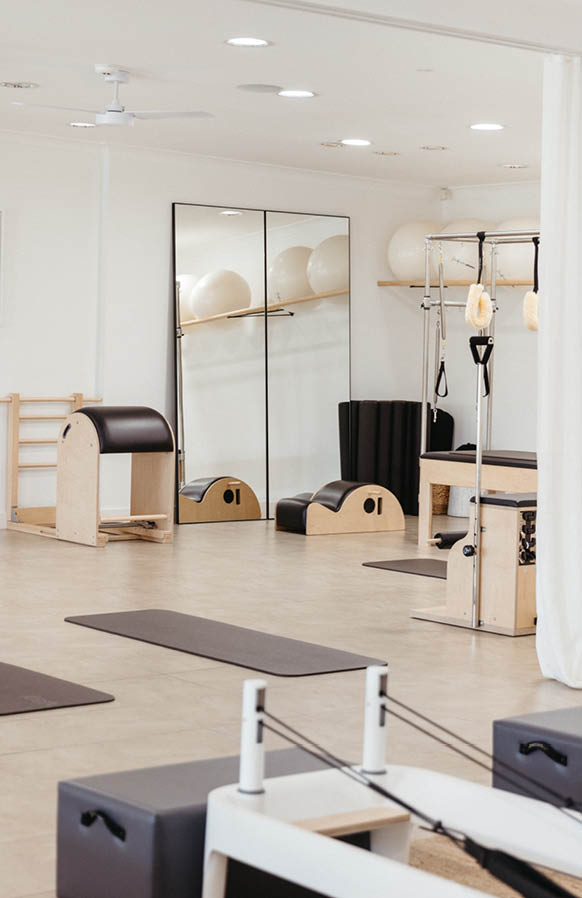
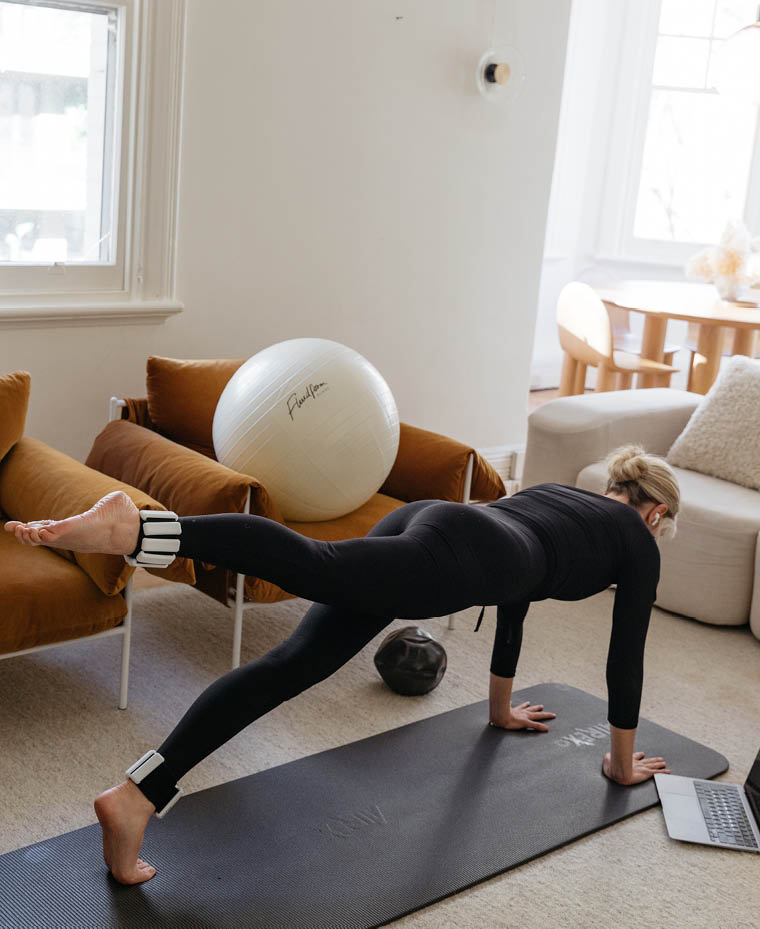

In terms of practical steps, what did you put in place to take the idea of Fluidform and turn it into a business?
I purchased a business that was existing and it was not right. I consolidated it and had to look at [questions] like ‘What is this business? What is it doing? Is it what I want it to be?’ and it wasn’t. I had to bring everyone under one roof, train the staff, get to know them and employ new staff. It took me a good couple of years to get my interview and employment process to really understand what those key values I was looking for in my staff. The most important thing, which took me the longest to work out was empathy. There’s so much heart and love and a want to make people better in what we do. We give ourselves to the client, and that’s the difference for us.
I’m a big believer in, if you just keep your eyes open, stay true to who you are and what your brand is, and when the timing is right, you’ll see it. And if you don’t, and you miss it, that’s okay, because when you’re ready, it’ll be there. Similarly to Fluidform At Home, I toyed with online for a long time and I had to get the confidence up to put myself out there. I trialled it in the studio for about nine months, first on all my clients and made sure they could do it without instruction and that they were safe. Then I launched Fluidform At Home.
What is your own personal fitness routine like, and what keeps you inspired?
I go through ups and downs, it definitely depends on what the schedule is looking like for the month and what’s on and when I’m filming, and when I’m not. I love to be taught by the girls, because like anyone, teachers will see things in your body that you’re not feeling. So, I think that’s really important. I try to do 20 minutes every day. I’ll give myself a focus, and say, ‘I’m going to do this on a reformer, for the next five days I’m going to do this app sequence’. My girls and I will go for a walk, and I’m a big advocate of moving with your children. I want them to understand a healthy relationship with their bodies, with exercise, with food. Some of my clients are far more dedicated than I am in the studio, but it’s about balance.
Fluidform has recently partnered with eponymous brand Maison Balzac, could you tell us the story behind the Pour La Méditation Essential Oil?
I have always been inspired by scents and their association with memories and moments in my every day. Wherever I am—teaching, working, cooking, moving—you will always find me burning scents for different moments. Which is why I’ve partnered with Maison Balzac to create a single oil—for movement, relaxation, and everything in between. The interplay movement and relaxation plays an important part in my physical and mental wellbeing—it was only natural for me to bring these two things together with Fluidform.
Tell us about what your morning beauty routine looks like! What are you loving at the moment?
[My morning routine takes place at] a quarter past five in the morning… so, it’s washing my face, some serum, a moisturiser and sunscreen. At the moment I’m using Rationale, I’m a big fan! I always use sunscreen… and the Ultra Violette is a good one. I’m in that makeup until five o’clock in the afternoon, so I tried Share The Base recently as just a sheer foundation, and then I use a face mist to keep my face hydrated and looking dewy. It’s a fairly lowkey [routine]. I wear Kevyn Aucoin Mascara which is a game-changer if you haven’t tried it.
So that’s sort of me, it’s pretty basic in the morning to get me out the door but still make me look bright and dewy and flawless, there are mirrors everywhere in the studio, so you need a little bit of coverage.
Hi Kirsten! Thanks so much for chatting with us. To kick off, why don’t you tell us a little about your family and where your passion for fitness, pilates and wellness came from?
I live in Sydney with my husband Matt and my three little girls, Charlie, Willow and Harper and I’m originally from the Gold Coast. So, I am a Queensland girl–was born, went to school and uni on the Gold Coast and [relocated] to Melbourne when I graduated from uni.
As a young girl, I’ve always been active and loved moving. I wanted to be a physiotherapist and I did placement, but after that experience and being young and not knowing what to expect turned me off the whole path. So, I studied commerce, and I had a passion for marketing. I love analytics, I love human behaviour and it was something of interest to me and then I fell in love with Pilates as my form of exercise when I lived in Melbourne. And like most people that start Pilates and fall in love with it, I decided to do my training as an option down the track. It always made me feel great, it changed my body significantly when I first discovered it. So that’s sort of how that path of commerce moved into Pilates.
You broke into the Pilates and wellbeing industry long before you launched Fluidform in 2012. How did teaching become your full-time job (quicker than anticipated) and how did you hone your ethos of ‘functional meets aesthetic’?
I met my now-husband in Melbourne, and when I met him, I was completing my Pilates studies, and he got a job overseas. We ended up moving to Manchester for four years, and it just so happened that around the corner from where we moved was this tiny Pilates studio. It was filled with equipment that no one knew how to use, and in walked an Australian girl … [I] had recently been qualified and I had all this passion and drive. I knew no one. I was eager to start work straight away, and sort of just started from there.
Being a female and very nurturing [I found] very early on, in my career, I was teaching a very broad section of humans with lots of different issues and functional needs (professional athletes and pre-and post-natal ladies). The whole functional element comes back to probably the athletes I started teaching at a very young sort of time in my career. And the aesthetic part of it is that Pilates has this amazing ability to transform someone’s body and it does it in such a way that’s not just physical. I think Pilates is about everyone finding their version of what their best is; it talks to everyone and it doesn’t discriminate.”

What are some of the greatest lessons you learned in those early years that helped shape your own business and wellness philosophy in what is a saturated market?
I think I’ve always just been really authentic to who I am and how I would want to be treated and looked after. I’ve never really looked at competitors or, you know, looked at the landscape and thought, ‘Oh, what are they doing? I better go do that now’. I think that’s a really big learning, as a lot of people start on that path and in that process, they lose who they are and why they started. For me, that’s never been of interest to me, I’ve just always gone on my path.
And nurturing your staff and [asking] ‘What have I put in place?’, and really making everyone equal. As the boss, if you make yourself the boss and you sit up above everyone else, you can really start to float away and disconnect. Whereas for us, we’re all equal, we learn off each other and we support and empower each other.

In terms of practical steps, what did you put in place to take the idea of Fluidform and turn it into a business?
I purchased a business that was existing and it was not right. I consolidated it and had to look at [questions] like ‘What is this business? What is it doing? Is it what I want it to be?’ and it wasn’t. I had to bring everyone under one roof, train the staff, get to know them and employ new staff. It took me a good couple of years to get my interview and employment process to really understand what those key values I was looking for in my staff. The most important thing, which took me the longest to work out was empathy. There’s so much heart and love and a want to make people better in what we do. We give ourselves to the client, and that’s the difference for us.
I’m a big believer in, if you just keep your eyes open, stay true to who you are and what your brand is, and when the timing is right, you’ll see it. And if you don’t, and you miss it, that’s okay, because when you’re ready, it’ll be there. Similarly to Fluidform At Home, I toyed with online for a long time and I had to get the confidence up to put myself out there. I trialled it in the studio for about nine months, first on all my clients and made sure they could do it without instruction and that they were safe. Then I launched Fluidform At Home.
What is your own personal fitness routine like, and what keeps you inspired?
I go through ups and downs, it definitely depends on what the schedule is looking like for the month and what’s on and when I’m filming, and when I’m not. I love to be taught by the girls, because like anyone, teachers will see things in your body that you’re not feeling. So, I think that’s really important. I try to do 20 minutes every day. I’ll give myself a focus, and say, ‘I’m going to do this on a reformer, for the next five days I’m going to do this app sequence’. My girls and I will go for a walk, and I’m a big advocate of moving with your children. I want them to understand a healthy relationship with their bodies, with exercise, with food. Some of my clients are far more dedicated than I am in the studio, but it’s about balance.
Fluidform has recently partnered with eponymous brand Maison Balzac, could you tell us the story behind the Pour La Méditation Essential Oil?
I have always been inspired by scents and their association with memories and moments in my every day. Wherever I am—teaching, working, cooking, moving—you will always find me burning scents for different moments. Which is why I’ve partnered with Maison Balzac to create a single oil—for movement, relaxation, and everything in between. The interplay movement and relaxation plays an important part in my physical and mental wellbeing—it was only natural for me to bring these two things together with Fluidform.
Tell us about what your morning beauty routine looks like! What are you loving at the moment?
[My morning routine takes place at] a quarter past five in the morning… so, it’s washing my face, some serum, a moisturiser and sunscreen. At the moment I’m using Rationale, I’m a big fan! I always use sunscreen… and the Ultra Violette is a good one. I’m in that makeup until five o’clock in the afternoon, so I tried Share The Base recently as just a sheer foundation, and then I use a face mist to keep my face hydrated and looking dewy. It’s a fairly lowkey [routine]. I wear Kevyn Aucoin Mascara which is a game-changer if you haven’t tried it.
So that’s sort of me, it’s pretty basic in the morning to get me out the door but still make me look bright and dewy and flawless, there are mirrors everywhere in the studio, so you need a little bit of coverage.




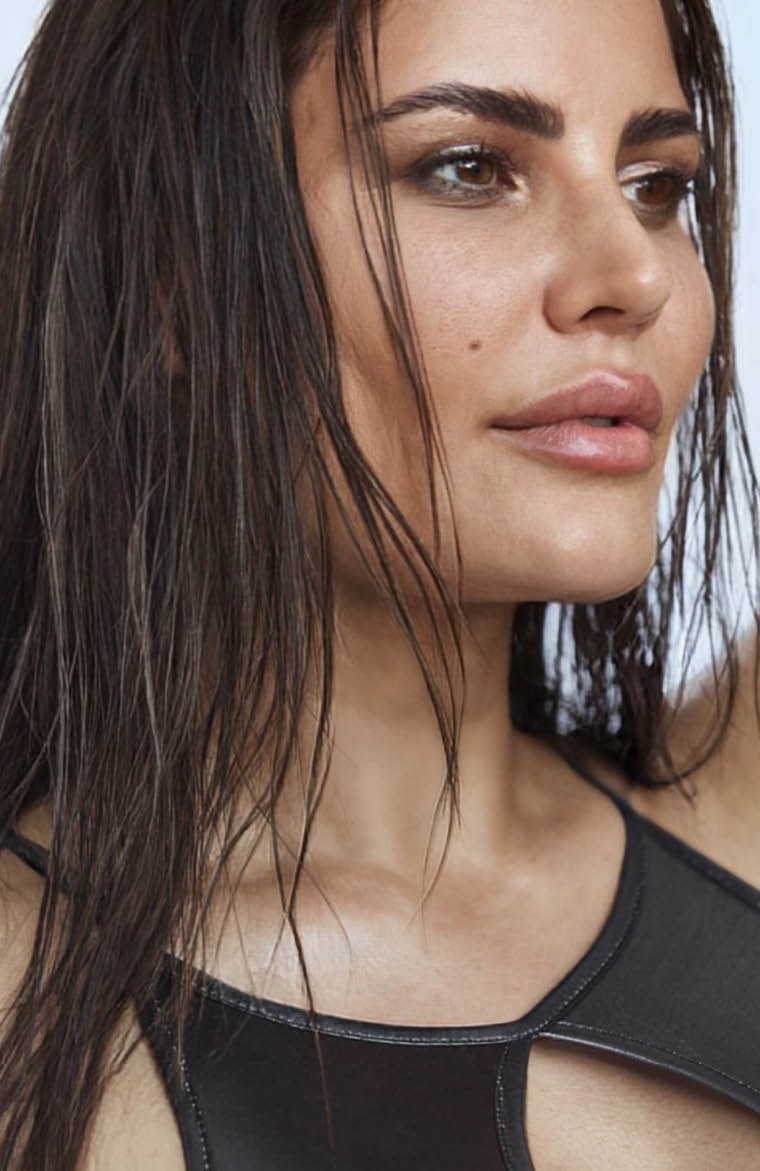
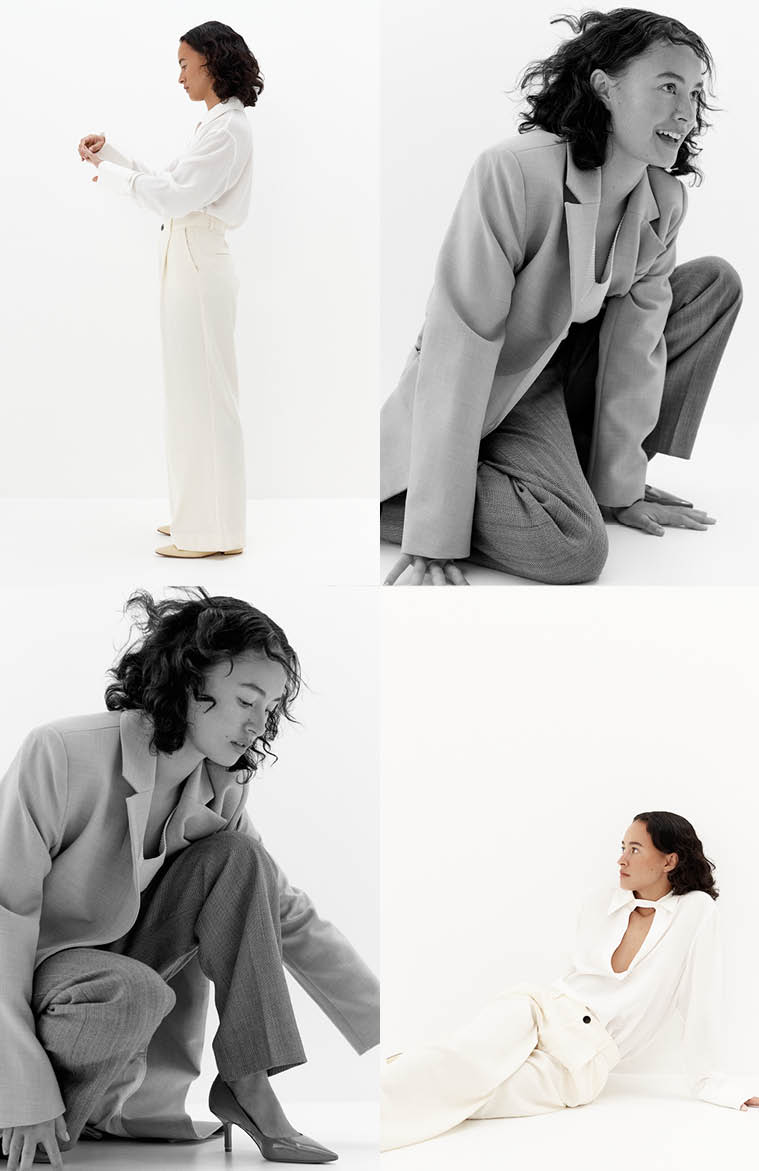
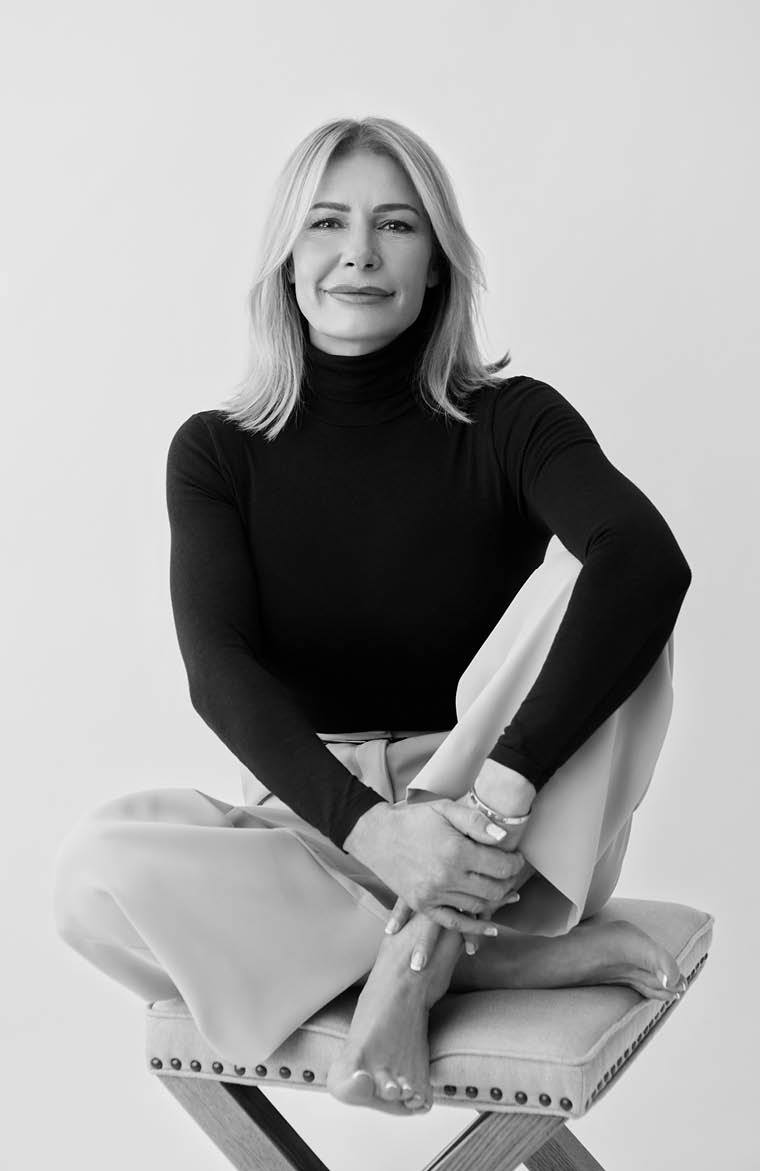
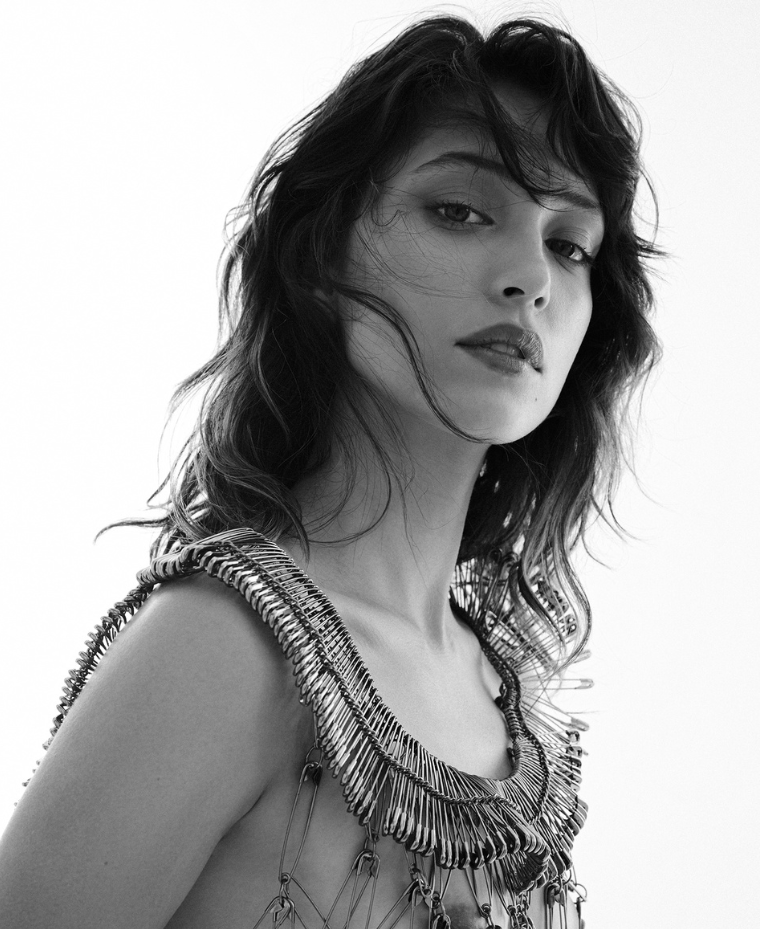
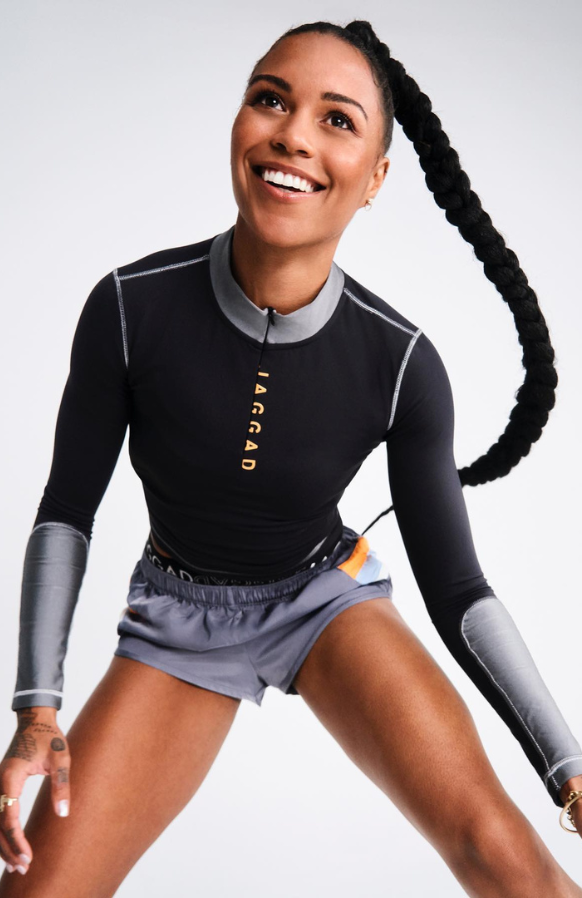


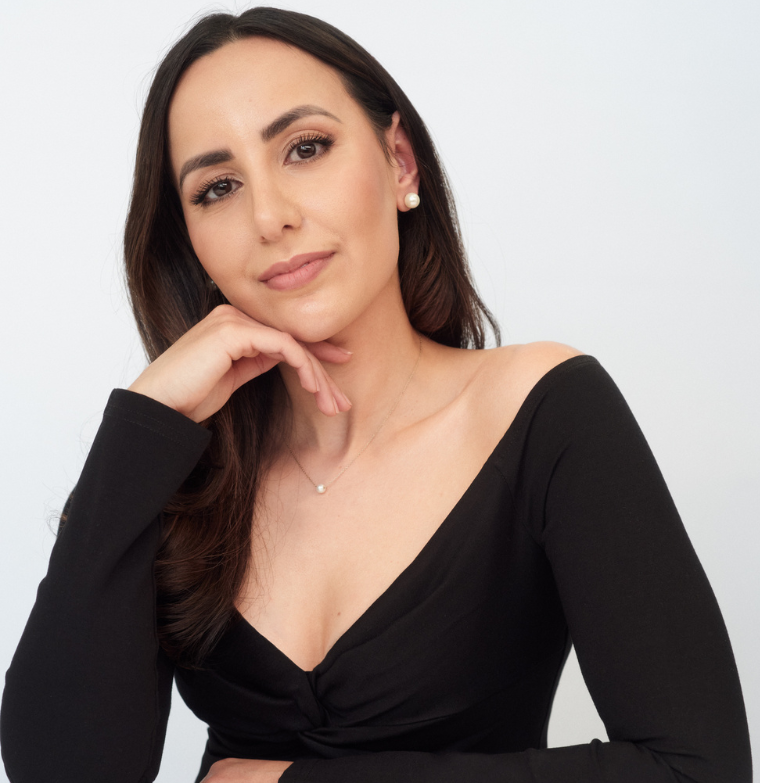


Comments